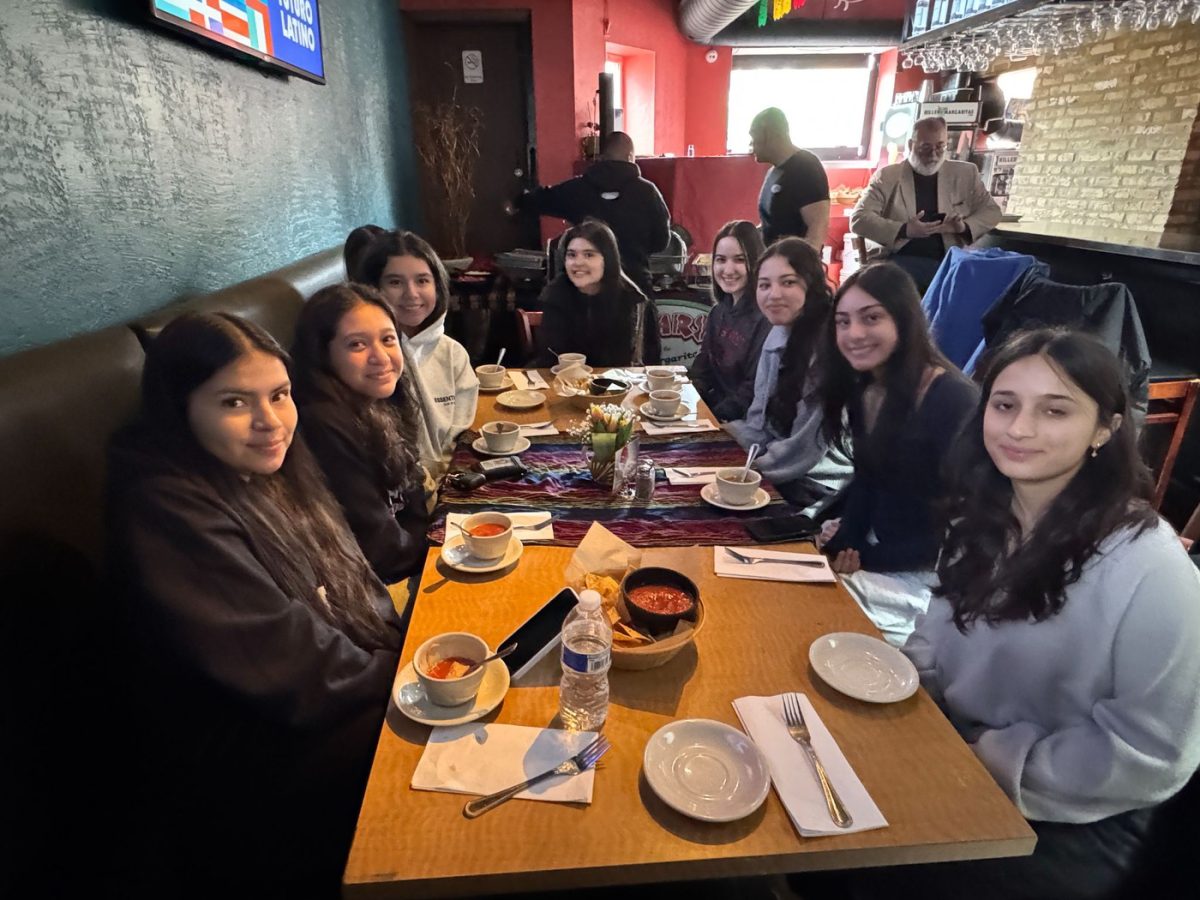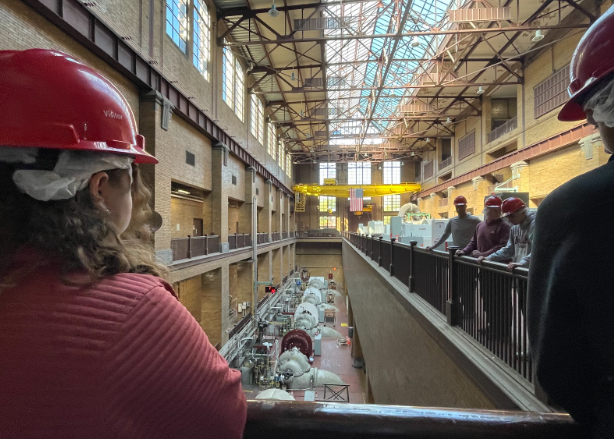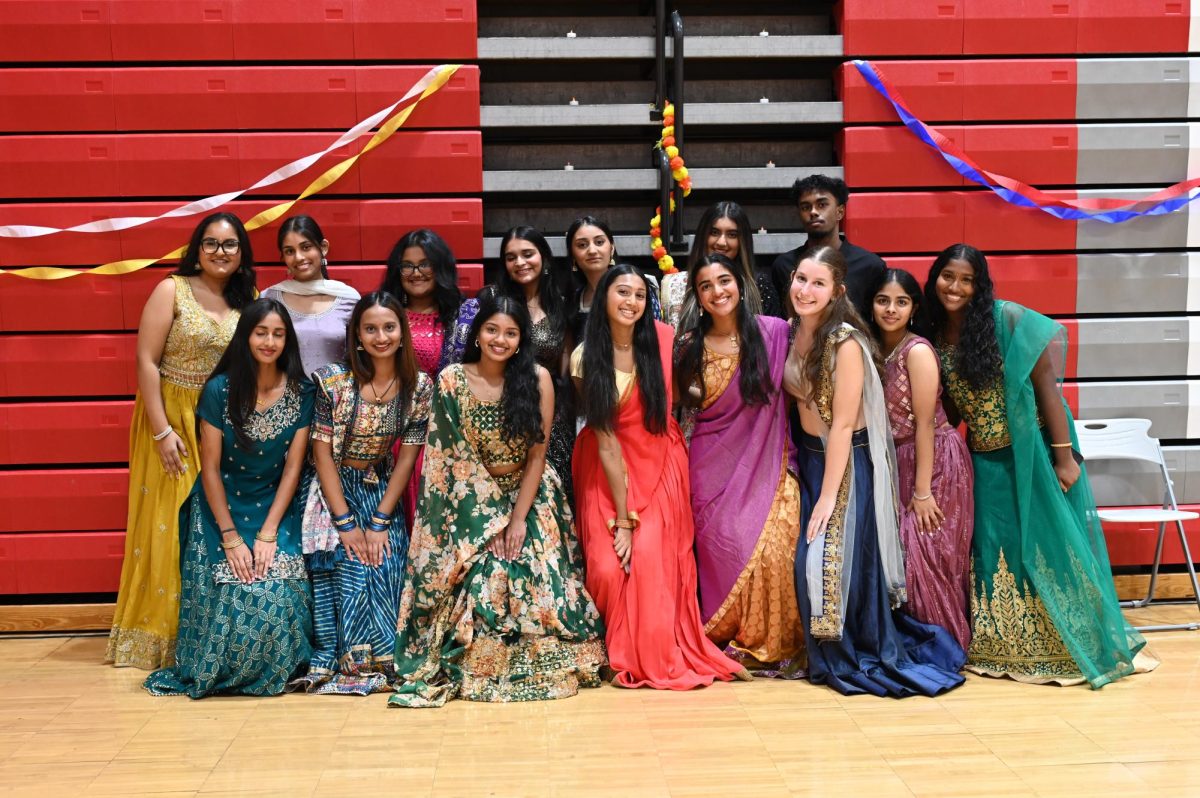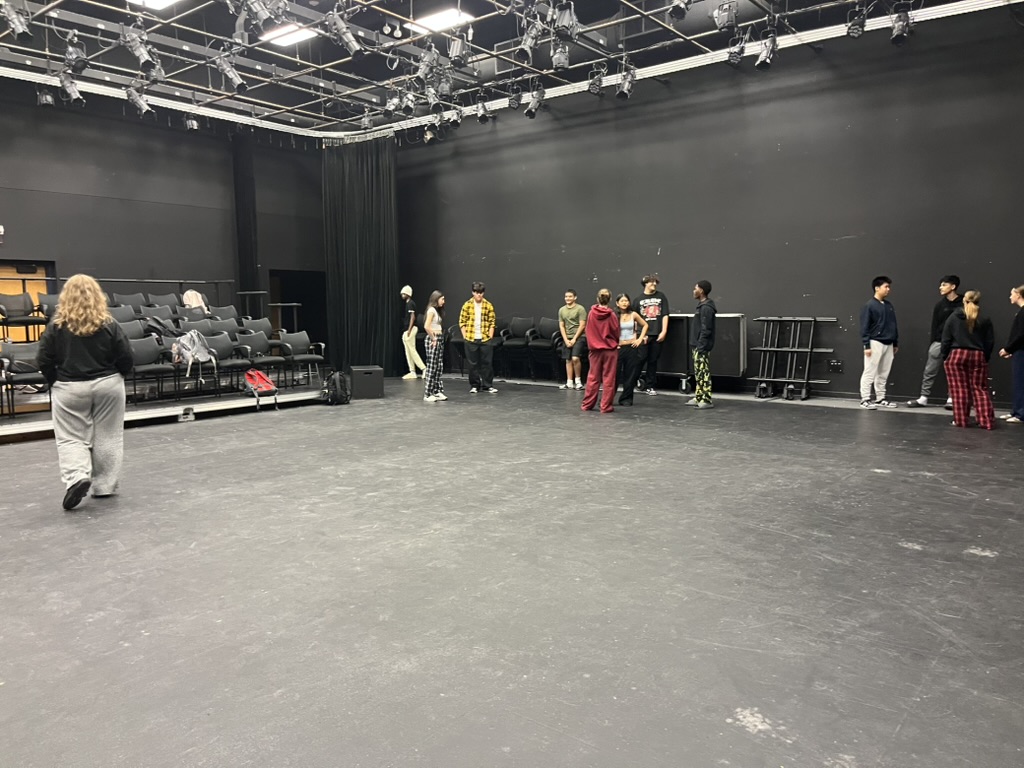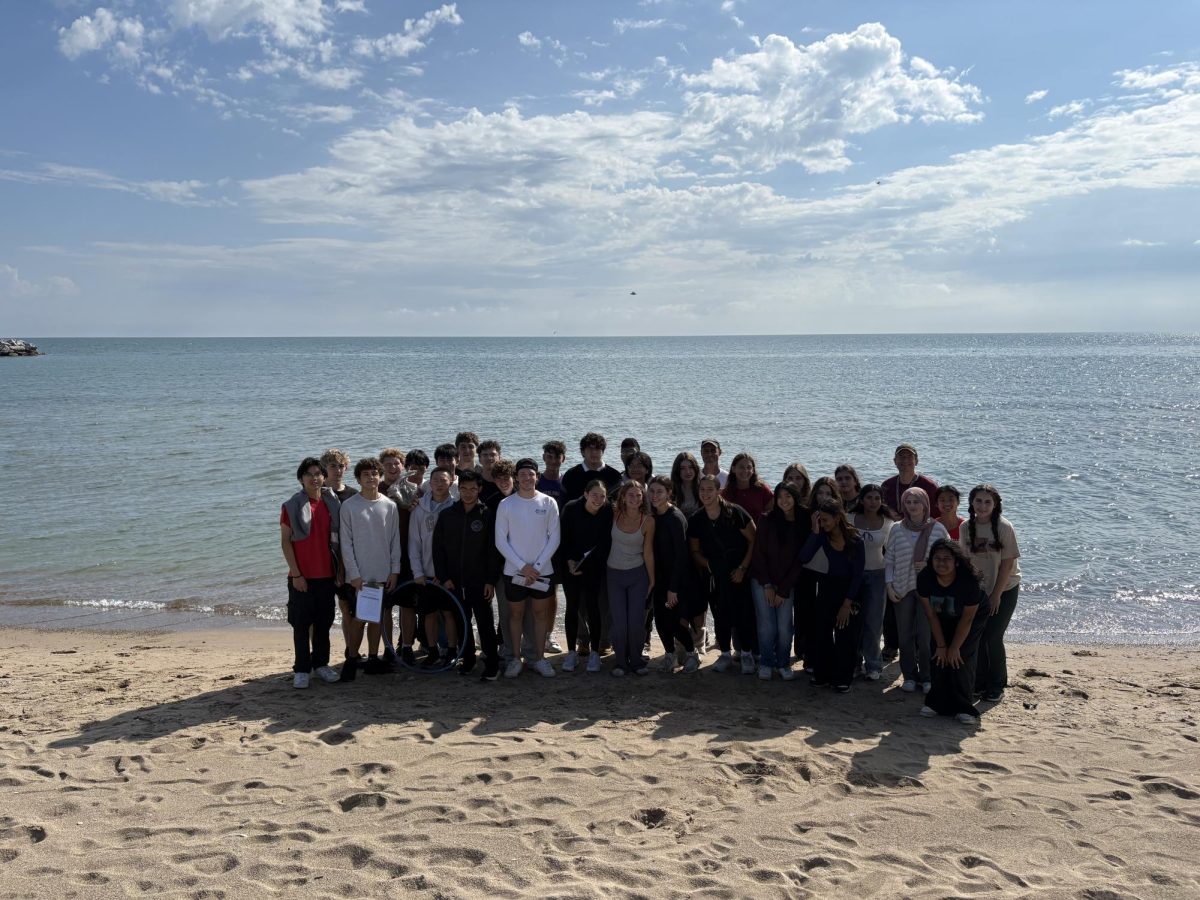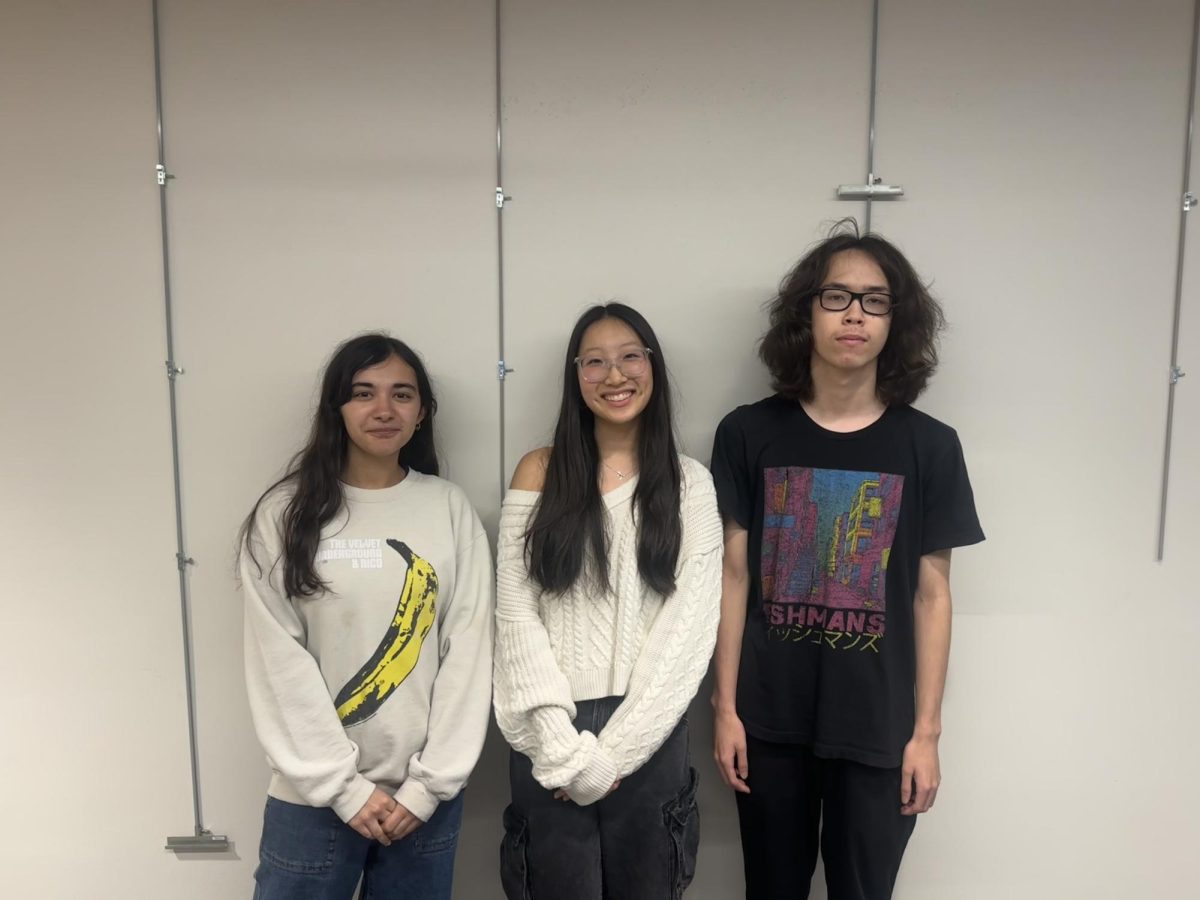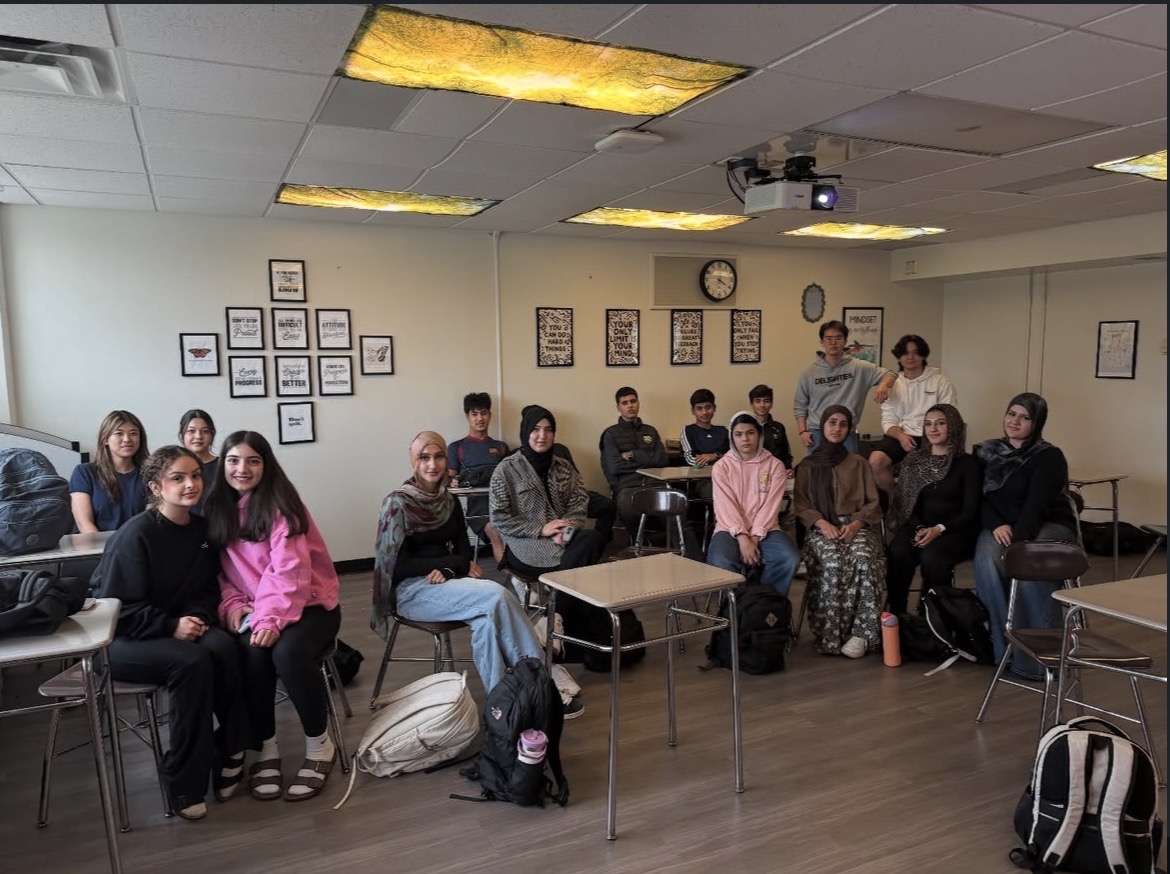In order to immerse themselves in Latin American culture, conversational and AP Spanish classes visited the Chicago Latino Film Festival and enjoyed Latin American cuisine at Cesar’s. They watched a Peruvian-Colombian drama film called “La Piel Más Temida,” which means “The Most Feared Skin.”
AP Spanish Language teacher and trip sponsor, Andrew Suarez, has gone to the festival in Lakeview for the last 14 years and brought Spanish classes with him to enrich his students’ learning in the classroom. He also wants his students to view Latin American culture through a different lens.
“The movies that are shown are independent films. They focus on cultural themes, perspectives and issues that are happening in Latin America. It sort of exposes them to different ways of seeing things and teaching them. We did a lot of research before; this one had to do with a historical piece that had to do with some of the terrorist groups in Peru, so they had some cultural context to understand the movie,” Suarez said.
Junior Salwa Mohiuddin describes “La Piel Más Temida,” the second film in a trilogy that takes place during the political unrest in Peru between 1980-2000.
“It was about this girl who goes back to Peru. She finds out that her dad was part of a communist terrorist group, and reckoning with that, her indigenous grandmother, and how all those factors impact her life. I think it was a really profound, really human movie. It’s kind of quiet. A lot of people didn’t like it because they thought it was slow or boring, but I think it was just showing you the quaintness of life,” Mohiuddin said.
Senior Andrew Thompson notes the film’s cultural significance.
“The film definitely had a lot of cultural components, such as food and familial relations. Also, the history and landscape of the country. I think the movie was a little slow for some folks, but that’s just its nature–being a bit more of an intimate character portrait than an action-packed story. I think it was a very interesting look at the culture, history and present-day circumstances for the area, namely rural Peru,” Thompson said.
Mohiuddin reflects on what she learned from the film.
“I think I learned specifically more about Peruvian culture, or at least the history in regards to the modern era—the group that was mentioned was based in historical facts—but there were also subtle moments from the movie that showed the social tensions and things like that,” Mohiuddin said.
Cesar’s also presented a chance for students to get familiar with another culture’s cuisine.
“I think that getting lunch was also an easy way to become more acquainted with other cuisines, especially because I typically eat Indian or American food all the time but I feel like just getting something different helped expose me to another culture,” Mohiuddin said.


